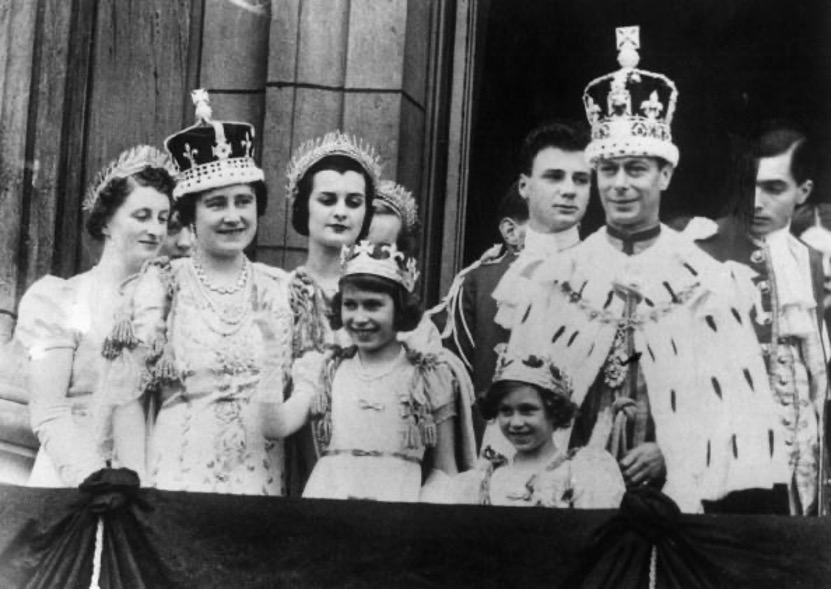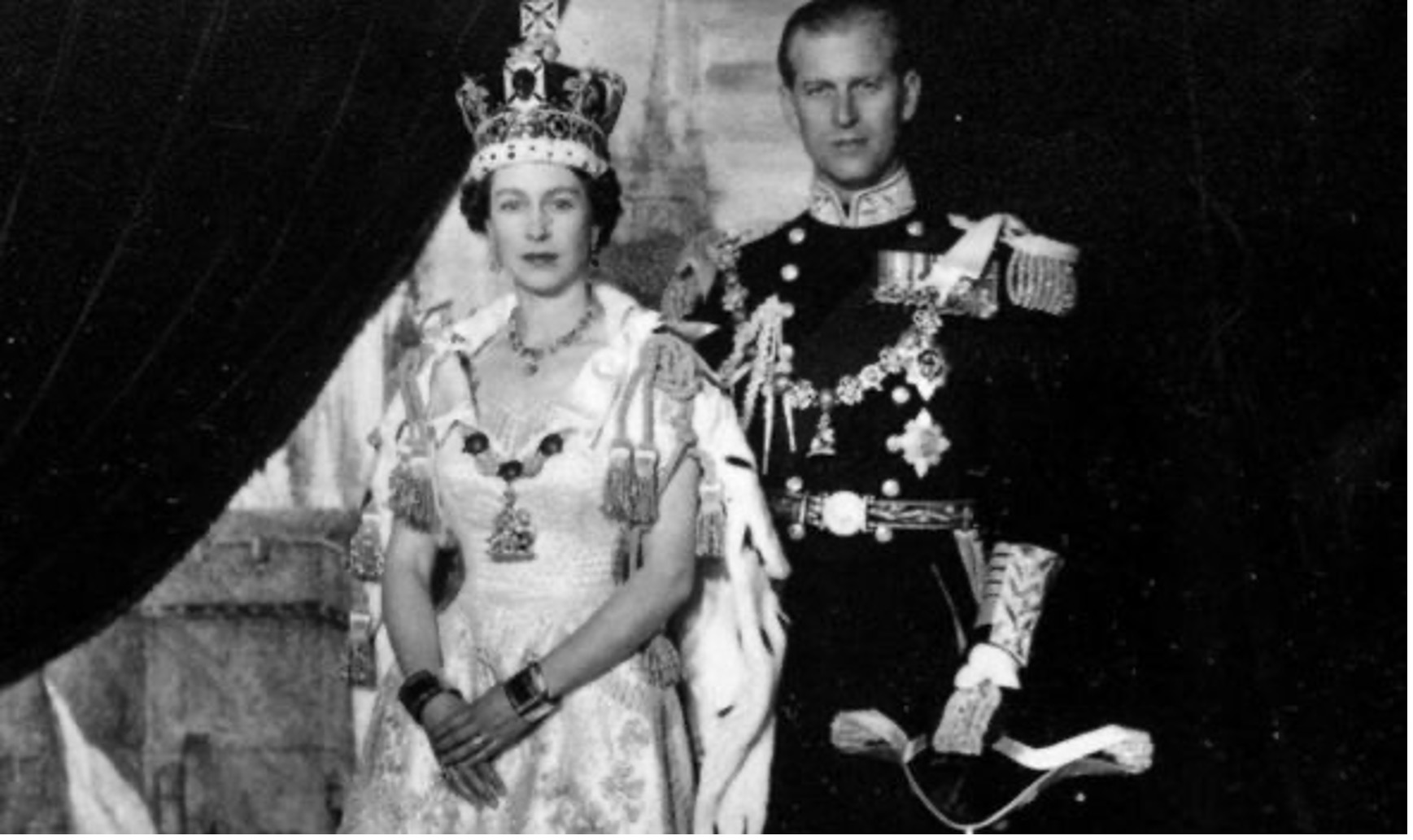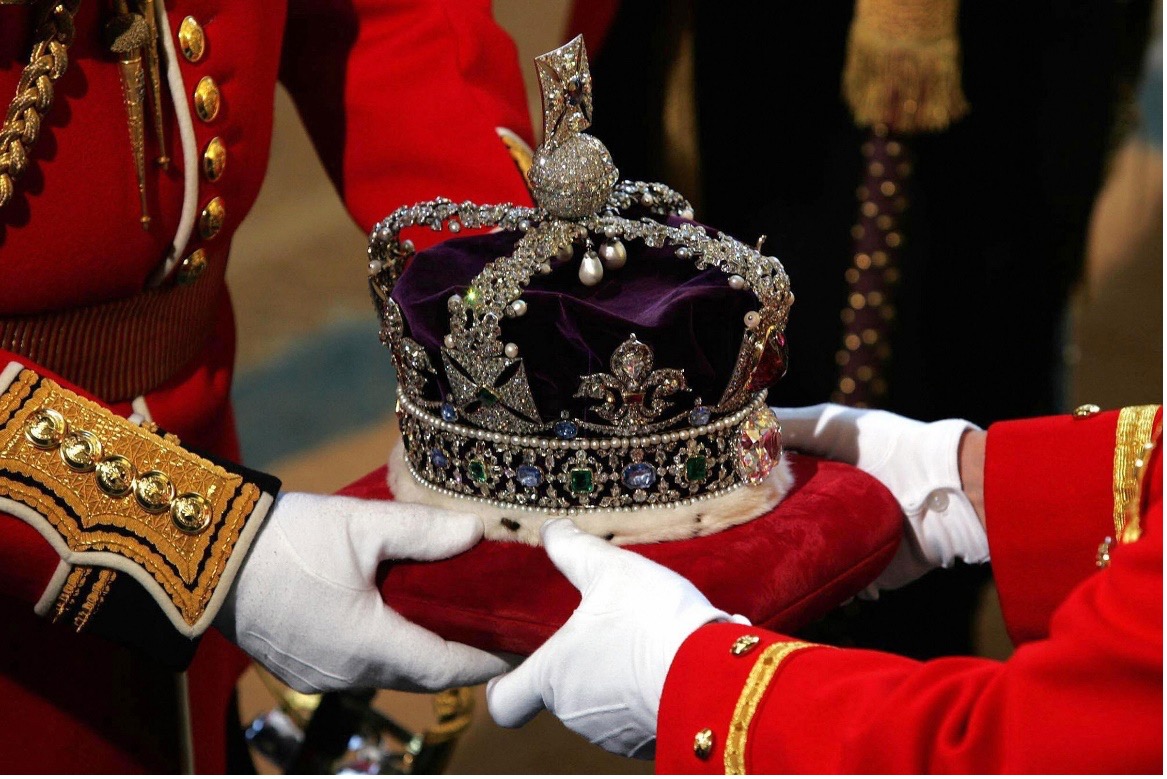By Maria Papagiannopoulou,
A hereditary sovereign rules as the head of state of the United Kingdom, the Crown Dependencies (the Bailiwicks of Guernsey, Jersey, and the Isle of Man), and the British Overseas Territories under the constitutional form of government known as the monarchy of the United Kingdom, also known as the British monarchy. King Charles III who succeeded his mother, Queen Elizabeth II, to the throne on September 8, 2022, is the reigning king at the moment.
Various governmental, ceremonial, diplomatic, and representational tasks are carried out by the monarch and their close relatives. The king is only allowed to execute non-partisan duties like presenting honors and choosing the prime minister because the monarchy is constitutional. The monarch has the right to offer comments on proposed legislation that has an immediate impact on the monarchy. The British monarch serves as the military’s supreme commander. Although the royal prerogative still officially confers the supreme executive authority over the government, these powers may only be exercised in accordance with laws passed by Parliament and in reality within the bounds of custom and tradition. His Majesty’s Government is the title given to the British government.
The British monarchy originated in the early kingdoms of Anglo-Saxon England and early medieval Scotland, which merged to establish the kingdoms of England and Scotland by the tenth century. The Anglo-Normans eventually acquired control of Wales after the Norman invasion of England in 1066. The procedure was finished when the Principality of Wales became a client state of the English crown in the thirteenth century. Magna Carta marked the beginning of the process of restricting the English monarch’s political power. Major religious movements in the 16th century included the English Reformation and the Scottish Reformation.
A single sovereign oversaw the kingdoms of England and Scotland starting in 1603. Following the Wars of the Three Kingdoms, the republican Commonwealth of England broke the monarchical heritage from 1649 to 1660. Following the Glorious Revolution, which established William III and Mary II as co-monarchs, the Bill of Rights (1689) and its Scottish counterpart, the Claim of Right Act (1689), severely restricted the monarchy’s authority and barred Roman Catholics from the throne. The Kingdom of Great Britain was formed in 1707 when the kingdoms of England and Scotland united. The United Kingdom of Great Britain and Ireland was formed in 1801 when the kingdom of Ireland joined.

The vast British Empire was officially under the control of the British sovereign and at its largest in 1921 it covered one-fourth of the planet’s continent.
The Dominions of the Empire was recognized as autonomous countries with self-governing governments in the 1926 Balfour Declaration. In the decades that followed World War II, the vast majority of British colonies and territories attained independence bringing an end to the Empire. George VI and his successors Elizabeth II and Charles III chose the title “Head of the Commonwealth” to signify the free unity of its independent member states. The United Kingdom and fourteen other independent sovereign governments that share the same monarch are collectively referred to as Commonwealth monarchies.
The Anglo-Saxon kingdom of Wessex became the preeminent English monarchy after Viking attacks and settlement in the ninth century. “King of the Anglo-Saxons” Alfred the Great conquered Wessex, consolidated his power over western Mercia, and adopted the title. Although its constituent portions preserved significant regional identities, his grandson Æthelstan was the first monarch to preside over a unitary kingdom roughly matching the present-day borders of England. Despite a succession of conflicts with the Danes that culminated in a Danish monarchy for a generation, the 11th century saw England grow more stable. Political and social development was greatly influenced by William, Duke of Normandy’s conquest of England in 1066. The feudal system continued to advance while the new monarch continued the centralization of power that had started in the Anglo-Saxon era.
William II and Henry I, two of William’s sons, succeeded him. Henry made the contentious choice to designate his daughter Matilda, the sole surviving member of his family, as his heir. Following Henry’s demise in 1135, Stephen, one of William I’s grandchildren, ascended to the kingdom with the support of the majority of the barons. His rule was contested by Matilda and as a result, the Anarchy sometimes known as the Dark Ages began in England. Stephen maintained a tenuous grip on authority but consented to a settlement that called for Henry, Matilda’s son, to succeed him. Henry accordingly became the first Angevin king of England and the first monarch of the Plantagenet dynasty as Henry II in 1154.

Civil wars and disputes between the monarchs and nobles ruined the reigns of the majority of Angevin kings. Henry II had to deal with the insurrection of his own sons including the future kings Richard I and John but he nevertheless enlarged his realm and established what is now known as the Angevin Empire. Richard, the surviving eldest son of Henry, took the crown after his death. When Richard left for the Crusades, he was gone for the majority of the reign of his country. He died while the castle was under assault. John went after him.
Conflicts with the barons, particularly those involving the boundaries of regal authority, characterized John’s reign. To protect the liberties and rights of the aristocracy, the baron compelled the monarch to issue the Magna Carta (Latin for “great edict”). Soon later, new disputes led to a civil war in England known as the First Baronial War. The battle rapidly came to an end after John’s death in 1216 and his 9-year-old son Henry III assumed the kingdom. Simon de Montfort led the barons in another uprising later in Henry’s reign which kicked off the Second Baronial War. Apparently, the royalists won the conflict and many rebels perished but not before the king consented to call a parliament in 1265.
The success of Grains was owed to the other ruler, Edward Longshanks, who was far more successful in maintaining illustrious power. He made an effort to establish English dominance in Scotland. However, during the reign of his successor, Edward II who also faced conflict with the establishment pick-ups in Scotland were switched. Military victories allowed Edward II to regain control in 1322 after being forced to cede much of his authority to a council of baronial “ordainers” in 1311. All things considered, Edward was expelled by his wife Isabella in 1327. The 14-year-old boy he had become Edward III. As a result of Edward III’s claim to the French throne, Britain, and France engaged in the Hundred Years’ War. Many French regions were won over by his operations but by 1374 all the gains had been lost. The advancing advancement of Parliament, which split into two Houses, was another factor that limited Edward’s power. He died in 1377 leaving the throne to his 10-year-old grandson Richard II.
Like many of his predecessors, Richard II ran afoul of the aristocracy because he sought to consolidate authority. While he was on the campaign trail in Ireland in 1399, his cousin Henry Bolingbroke overthrew him. Following Richard’s overthrow, imprisonment, and eventual death — likely from starvation – Henry succeeded him as king as Henry IV.
Henry IV’s dynasty was known as the House of Lancaster since he was the grandson of Edward III and the son of John of Gaunt, Duke of Lancaster. Henry IV had to put up with plots and uprisings throughout most of his reign; he was successful in doing so in part because of the military prowess of his son, the future Henry V. Domestic unrest was notably absent throughout Henry V’s own reign, which began in 1413, giving the monarch the freedom to wage the Hundred Years’ War in France. His untimely death in 1422 despite the fact that he had won the battle, left his infant son Henry VI in the throne and provided the French with a chance to topple English sovereignty.
References
- British Royal Family Tree. townandcountrymag.com. Available here
- The British Monarchy Helped Mortgage our Collective Future. time.com. Available here




